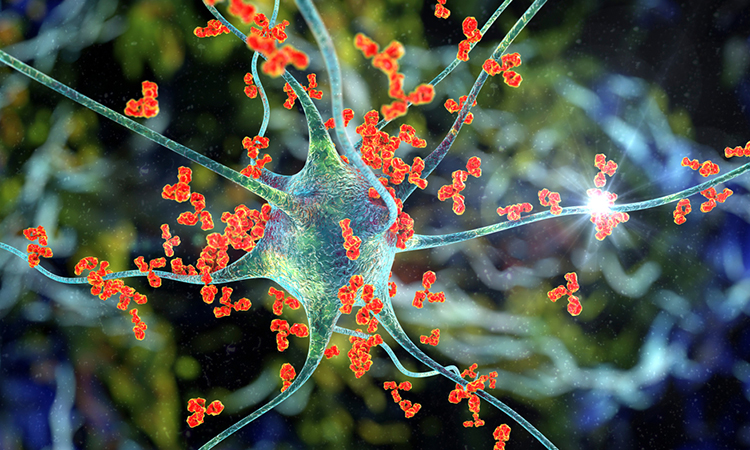Extraocular muscles may hold key to defensive mechanisms against ALS
Posted: 22 June 2023 | Izzy Wood (Drug Target Review) | No comments yet
According to Swedish study, muscle fibres found in extraocular muscles seem to be resistant and even increase in proportion in those with ALS. This offers new treatment avenues for slowing down the disease.


A unique type of muscle fibre found in the extraocular muscles has been shown to be resistant against the disease amyotrophic lateral sclerosis (ALS), and has been shown to even increase in proportion to compensate when other types of muscle fibres decrease in proportion. This is shown by research by researchers at Umeå University and University Hospital of Umeå, Sweden. The finding could mean hope of eventually finding new treatment strategies for slowing down the dreaded disease.
ALS is a severe neurodegenerative disease that leads to the loss of nerve cells in the brain and spinal cord that controls striated muscles used in voluntary movements. In Sweden, about 200 people are diagnosed with ALS each year.
Most patients with ALS have the function of the extraocular muscles intact even late in the course of the disease. The new study, published in journal Investigative Ophtalmology & Visual Science, has found a possible explanation for this phenomenon. A unique type of muscle fibre in the extraocular muscles seems to not only be resistant in ALS, but even increases in proportion in relation to other muscle fibres that are not as resistant in ALS.
Researchers have previously been able to show that the extraocular muscles have been only mildly affected in ALS, however, the new research takes this a step further by investigating this unique type of muscle fibre found in the extraocular muscles that is not found in the muscles in arms and legs.
By using specific antibodies that attach to different types of proteins, the researchers have managed to map three large groups of muscle fibres in the extraocular muscles and investigate changes in distribution patterns in ALS. They could show that a large group of muscle fibres in the innermost part of the extraocular muscles decrease in proportion in ALS.
Instead, these muscle fibres that are affected in ALS are replaced by the type of muscle fibre that is unique to the extraocular muscles. These unique muscle fibres are not only spared in ALS, but they also increase in proportion. This process could possibly be an important factor in ensuring that the extraocular muscles continue to function even late in the course of the disease, when other striated muscles in the body atrophies and loses their function.
However, the extraocular muscles depend on signals from nerve cells to be activated. The findings about these unique muscle fibres being spared in ALS, and that the innervation between these unique type of muscle fibres and the nerve cells that activate these muscle fibres is preserved, could thus also indicate that the nerve cells that control these unique muscle fibres might also be more resistant to the pathological process in ALS.
“We are far from a curative treatment. But these results still show that everything is not only deteriorating, but that the body can also utilize defensive strategies in a way that is hopeful for future research,” explained Arvin Behzadi, doctoral student at Umeå University and physician.
“The findings provides a deeper understanding of the potential protective mechanisms that the body can harness against ALS. More research is needed to investigate exactly which protective mechanisms these unique muscle fibers and the nerve cells that control these muscle fibers can use, and whether these protective mechanisms could in any way be induced in other striated muscles and nerves in other regions of the body that is affected in ALS,” concluded Behzadi.
Related topics
Disease Research, Neuroprotection, Neurosciences
Related conditions
Amyotrophic Lateral Sclerosis (ALS)
Related organisations
Umeå University, University Hospital of Umeå
Related people
Arvin Behzadi







